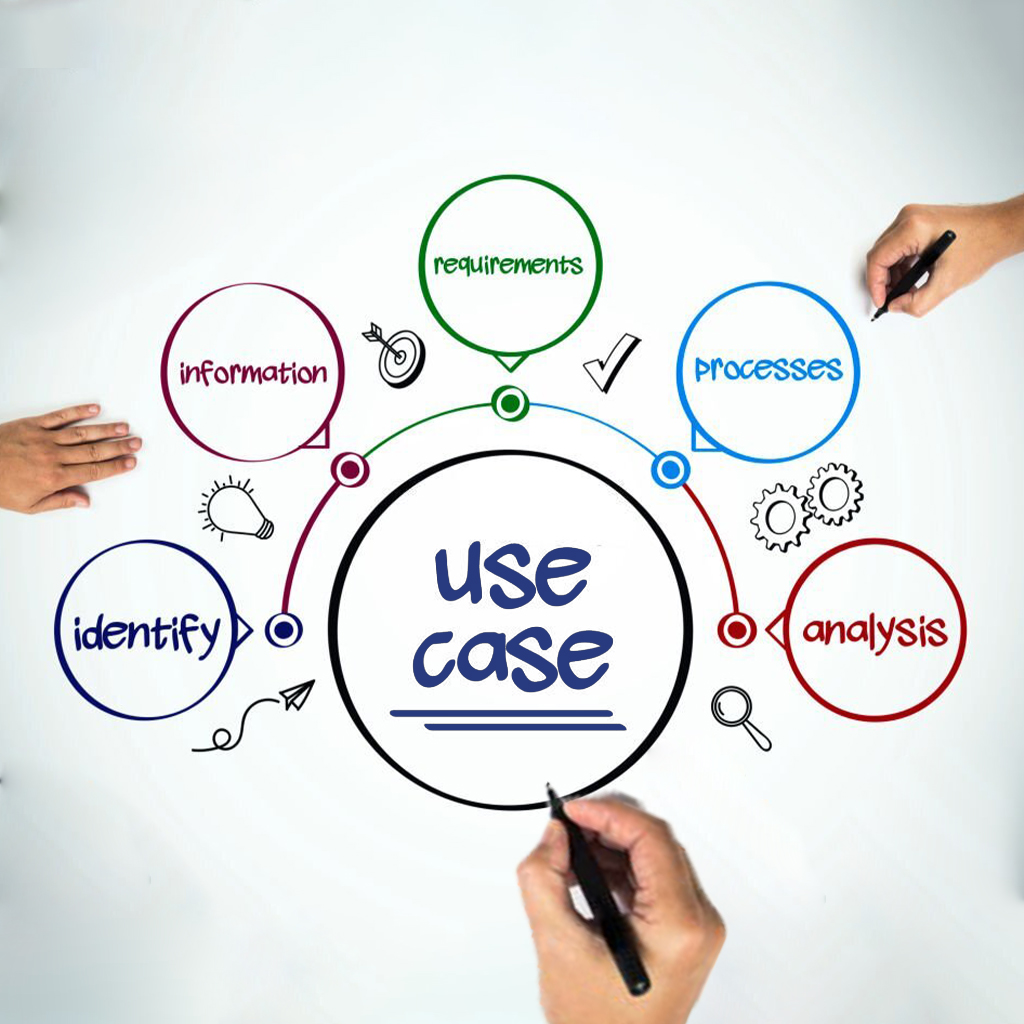

The Ayushman Bharat Digital Mission (ABDM) aims to develop the backbone necessary to support the integrated digital health infrastructure of the country. It will bridge the existing gap amongst different stakeholders of Health-care ecosystem through digital highways.


The DPI was made live on a nationwide scale on 25th September, 2021.


The key components of ABDM include registries for patients (Ayushmann Bharat Health Account i.e.ABHA), healthcare professionals (healthcare professional registry i.e. HPR ID), healthcare facilities (healthcare facility registry i.e. HFR ID) and consent manager which facilitates exchange of information between health information users (HIU) and health information providers (HIP). This is in conjunction with the electronic consent management framework, published by MEITY.
There are additional building blocks like Unified Health Interface (UHI) and National Health Claims Exchange (NHCX). UHI allows for discovery and utilisation of health services within the network in an interoperable manner between various entities who are a part of the network. NHCX enables interoperability of health claims data between various payers and providers in an interoperable manner. The DPI maintained by NHA, only focuses on enabling the gateway for consent manager (HIE-CM), Unified Health Interface (UHI) and National Health Claims Exchange (NHCX). Applications are expected to interact with the gateway in a way that the health services and health records are exchanged within the ecosystem in an interoperable manner.
ABDM follows Federated health data architecture, which means data always resides at the source where it was generated, or in a health application of user’s choice as per their consent. All of this is explained to the end user, in the form of reference applications.
A snapshot of the architecture for more details can be viewed from the links below
https://abdm.gov.in:8081/uploads/Architecture_db6e165997.jpg
https://sandbox.abdm.gov.in/docs/architecture
https://sandbox.abdm.gov.in/abdm-docs/phr-framework
Some of the key technical standards being followed or recommended to integrators while building applications on top of ABDM are as follows:


ABDM adoption by both public and private healthcare is a voluntary in nature. The process for public and private players is same.
Healthcare facilities or entities (softwares) can get integrated with ABDM via their technology service providers (TSPs). They need to start the process of integrating with ABDM via the sandbox webpage with their details. Once their application is integrated, they need to get the application certified with a functional testing report and Web Application Security Assessment Report (WASA). This can be done with the help of any CERT-IN empanelled agencies. Once this is done, they can fill the sandbox exit form, demonstrate their application workflows in front of a panel and production credentials are issued. Once, production credentials are issued, they can start offering the services of ABDM to the patient and become a part of the network.
More resources for operationalizing ABDM as per the stakeholder type can be found here:
https://abdm.gov.in/resources
https://sandbox.abdm.gov.in/abdm-docs/getting-started
This URL contains the various steps on how to build a healthcare application which is integrated with ABDM, or integrate an existing application with ABDM.


The overall execution and implementation of the initiative can be tracked via the various parameters being monitored on the dashboard below
There is an adoption team which is currently focused on driving adoption of the DPI within NHA.
This includes a set of professionals who help with
Consultation papers and regular interactions with various stakeholders are also held from time to time, to ensure more effective rollout of the DPI (https://abdm.gov.in/publications)


NHA is an attached office of Ministry of Health & Family Welfare, Government of India responsible for rollout of Ayushmann Bharat Digital Mission (ABDM). Integration with ABDM by design is optional for healthcare facilities and entities as of today. However, it is recommended so that patients can view their health records digitally and it can help facilitate creation of a longitudinal health record for the patient. Digitisation via the ABDM building blocks is also expected to streamline the current operations in healthcare facilities in terms of better discoverability of services, faster claim processing, faster queue management and so on. ABDM follows the federated health data architecture and enables record sharing with consent, which is in compliance with all the regulations of the Digital Personal Data Protection Bill (DPDPB) - 2023.
NHA is responsible for managing the registries and ensure smooth funtioning of the consent manager, unified health interface and health claims exchange.
The organization hierarchy of ABDM is also listed below for reference https://abdm.gov.in/organization-chart
Whenever any country wants more information regarding ABDM, they can reach out to
Dr Basant Garg,
Addl CEO,
National Health Authority
addlceo@nha.gov.in
More details regarding the various officers can be found here: https://nha.gov.in/Whos-who


NHA is working on multiple use cases on ABDM. A lot of other innovations can also be enabled and the list below is indicative in nature and not exhaustive:
For ABDM, Govt of India has sanctioned INR 1600 crores over five years FY 2021-22 to FY 2025-26, under various heads - Digital ICT systems & software, Management salaries, IEC and Capacity Building and Human resources for State/UT implementation


Content provided by ICD, Ministry of Electronics & Information Technology, Government of India
Site is designed, developed, hosted and maintained by National E-Governance Division (NeGD)
© 2024, All right reserved @ NeGD under Meity, Government of India


 Website Link:
Website Link: